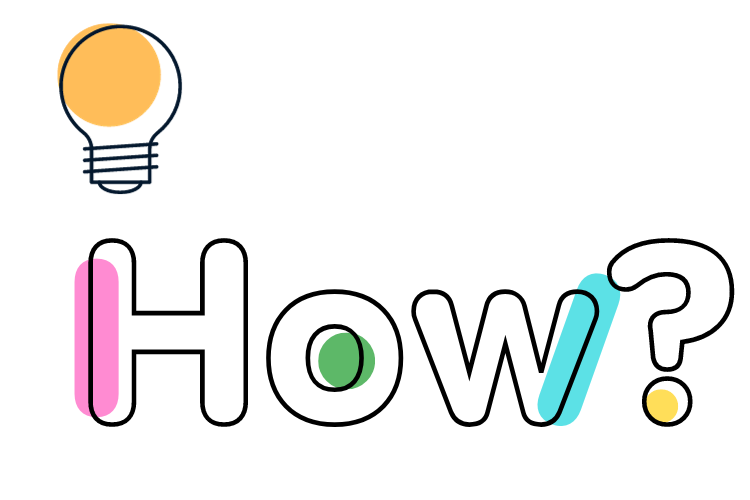The DotBot AI
Safe. Smart. Supportive.
The DotBot AI Assistant
- DotBot is a fun and engaging way for children to learn, explore, and grow. It can be used to help students with a variety of subjects, including math, science, reading, and writing. DotBot can also be used to help students develop their critical thinking skills and problem-solving abilities.
- DotBot is safe and easy to use. It is monitored by a team of experts to ensure that the content is appropriate for children. DotBot is also designed to be educational and informative. It provides students with accurate and up-to-date information on a variety of topics.
- DotBot is a valuable tool for teachers. It can be used to supplement classroom instruction, provide students with individualized support, and help teachers assess student progress. DotBot can also be used to free up teachers’ time so that they can focus on other tasks, such as planning lessons and grading assignments.


Teachers
Teacher work load and staff shortages: Educational AI chatbots can help to reduce teacher workload by providing students with individualized support and freeing up teachers’ time so that they can focus on other tasks, such as planning lessons and grading assignments.
Students
Students learn differently at different paces: Educational AI chatbots can help to support teachers with students that are not traditional learners or need extra support at a pace that is comfortable for that student. Students will try to find shortcuts and alternative ways to absorb subjects they are being tasked with learning.
Personalization
Providing personalized learning experiences: Educational AI chatbots can tailor their responses to each individual student’s needs, based on their knowledge, learning style, and interests. This can help students to learn at their own pace and in a way that is most effective for them.
Engagement
Providing immediate feedback: Educational AI chatbots can provide students with immediate feedback on their work. This helps students to learn from their mistakes and improve their performance. They can also use a variety of engaging and interactive activities to keep students motivated and engaged in their learning.

Teacher Shortage
The latest statistics show that the teacher shortage is still a significant problem in the United States. According to a 2022 report by the National Education Association, 52% of public schools reported difficulty hiring qualified teachers. The shortage is particularly acute in certain subject areas, such as special education, math, and science. A 2016 study by the Learning Policy Institute discovered a shortage of approximately 64,000 teachers nationwide.
The Stats
NAEP assesses students in grades 4, 8, and 12 in four subjects: mathematics, reading, science, and writing. The assessments are designed to measure student achievement against high academic standards.
Results below.
Math
Mathematics: In 2022, the average scale score for fourth-grade students in mathematics was 236, and the average scale score for eighth-grade students in mathematics was 282. The percentage of students who scored at or above the proficient level in mathematics was 35% at grade 4 and 28% at grade 8.
Writing
Writing: In 2019, the average scale score for eighth-grade students in writing was 262. The percentage of students who scored at or above the proficient level in writing was 39% at grade 8.
Reading
Reading: In 2022, the average scale score for fourth-grade students in reading was 227, and the average scale score for eighth-grade students in reading was 262. The percentage of students who scored at or above the proficient level in reading was 34% at grade 4 and 31% at grade 8.
Science
Science: In 2021, the average scale score for fourth-grade students in science was 225, and the average scale score for eighth-grade students in science was 265. The percentage of students who scored at or above the proficient level in science was 33% at grade 4 and 28% at grade 8.

Personalization and Practice
A student is struggling with a particular math concept. The DotBot could provide the student with personalized instruction and practice problems. It could also give the student immediate feedback on their work and help them to identify their areas of weakness.
Comprehension
A student is having trouble understanding a particular reading passage. The DotBot could read the passage aloud to the student and highlight key concepts. It could also ask the student questions about the passage to check their comprehension.
Engagement and Interaction
A student is bored and unmotivated by their schoolwork. The DotBot could provide the student with engaging and interactive activities to help them learn new concepts. It could also help the student to set goals and track their progress.
Focus and Free Time
A teacher is struggling to manage their workload. The DotBot could help the teacher to grade assignments, provide feedback to students, and answer student questions. This could free up the teacher’s time so that they can focus on other tasks, such as planning lessons and meeting with students.

Educators
- Current active teachers
- Missing teachers
- Admins
- Substitutes
- Special education teachers
Schools
- 97,568 public schools in the US
- 23,900 Secondary Schools
- 13,477 Middle schools
- 2,500 Junior high schools
- 34,576 private schools in the US alone
These statistics come from the National Center for Education Statistics (NCES). - Home Schools Private and Programs
Parents
- Parents can use educational chatbots to help their children learn and grow.
- The Dotbot will provide parents with insights into their child’s learning progress and help them to identify areas where their child may need additional support.
